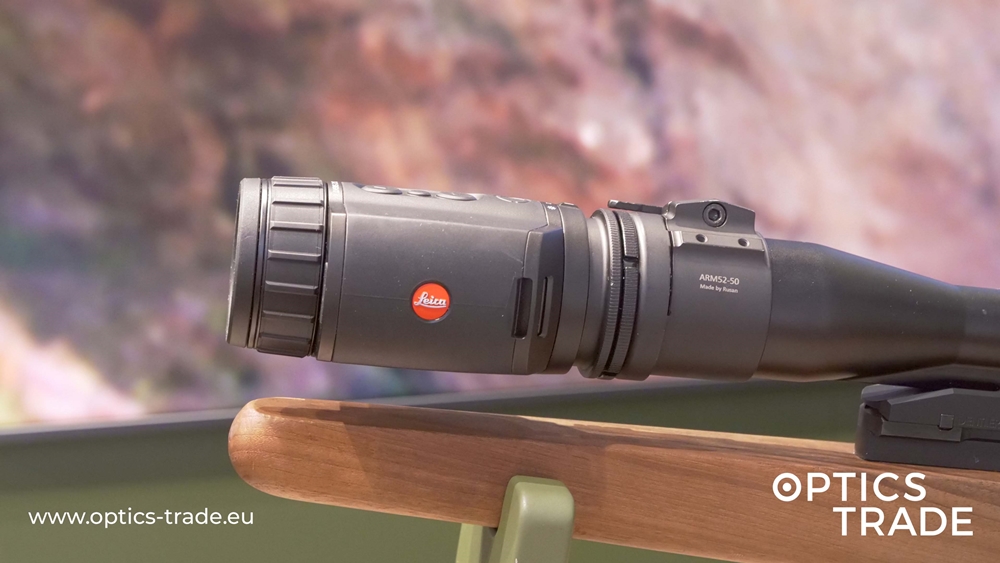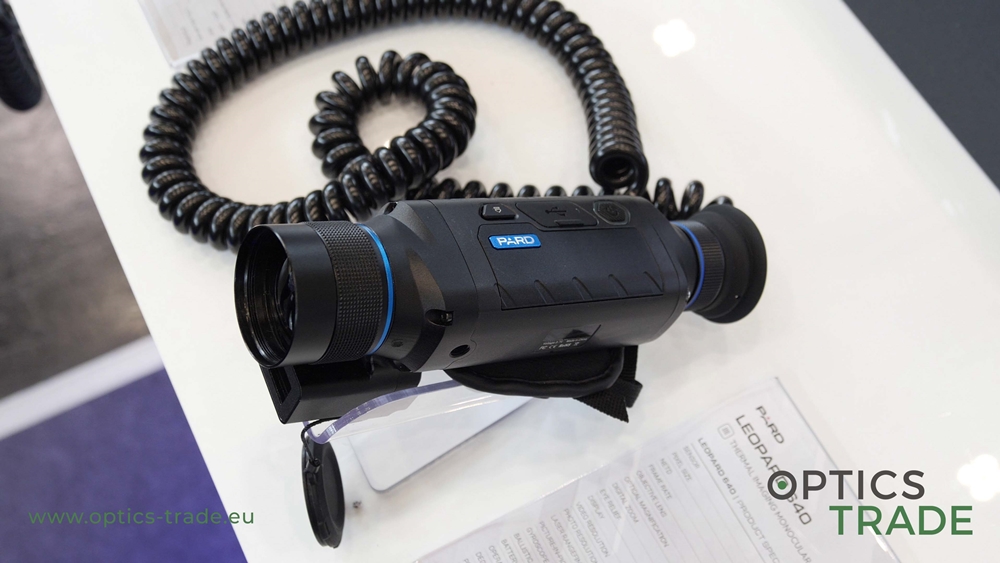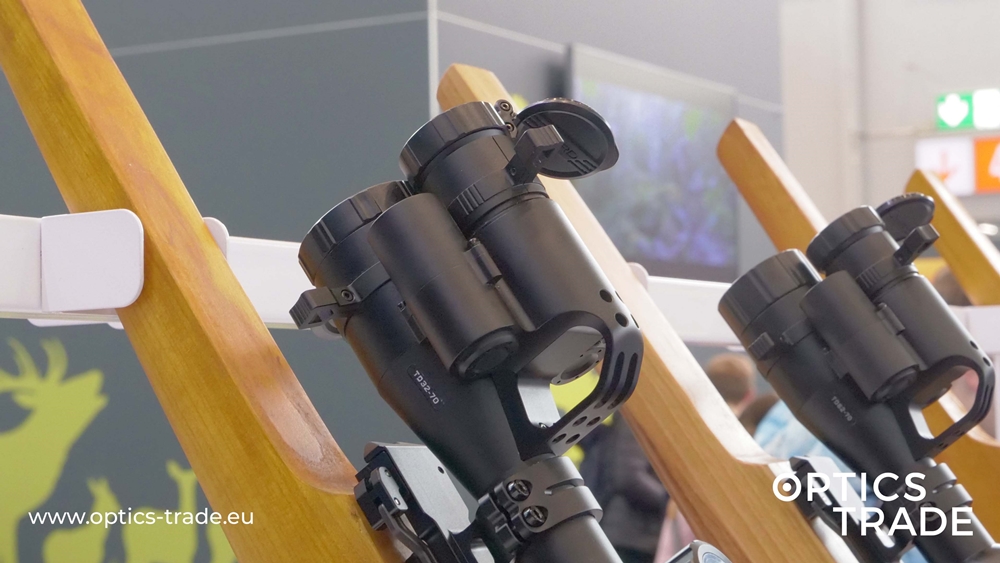Hello and welcome to another episode of Optics Trade Debates. Today we will be discussing the differences between thermal monoculars from Pulsar. Pulsar is the leading manufacturer of affordable night vision and thermal optics. Even though we have already said a lot about Pulsar’s products, we will make a comparison of all models from Pulsar’s Helion and Axion series in this episode.
Helion monoculars have been on the market for 2 years now, while the Axion series has been introduced in 2019 as the new entry-level thermal monoculars, after Pulsar had discontinued the Quantum Lite series.
The Helion line has two different types of models, namely the top-performing and state of the art XP and the more affordable XQF thermal imagers. From 2019 there are 4 models altogether: XQ50F, XQ38F, XP50, XP38.
Axions, however, come in 3 models: AXION XM30, AXION XM38 (please note that these two have been discontinued in the second half of 2019) and AXION KEY XM30.
Prices of Helion XQ models are 2400 € for the XQ38F and 2800 € for the XQ50F, while the XP models start at 3400 € (XP38) and the XP50, which is the most expensive one, costs 4100 €.
Axion prices are 1390 € for the KEY model, 1990 € for XM30 and the XM38, which pricewise comes close to Helions, costs 2290 €.
All models have the same software, the same basic features, the same menu navigation and 8 different color palettes. They all have a 50 Hz refresh rate. All, except KEY, feature an AMOLED display, so they can be used all the way down to -25 ⁰C. The KEY model features an LCOS display and can be used to -10 ⁰C. All, except KEY, also have Wi-Fi and Stream Vision capability. Both, Helion and Axion devices are fully waterproof.
There are quite many differences between all the models.
Sensor type
Axions have a sensor with a 12 µm pixel pitch, while Helions have 17 µm.
All Axion models have the same sensor with a 320×240 pixel resolution, while Helion’s sensor is based on whether it is an XQ or an XP model – XQ models have a 384×288 pixel resolution and XP models have a 640×480 pixel resolution.
Display resolution
Helion’s display pixel count is 640×480, on Axion it is 1024×768, and on Axion Key 960×720 (a much bigger pixel count on Axions than on the Helions).
Battery type
Helion devices have an IPS5 battery, but you also have an option to buy an IPS10 which prolongs your battery life from 8 to 16 hours. Axion has a brand new APS3 battery, which lasts for 4 hours and when it’s time to change the battery, you can press a small button under the objective lens, which releases and pushes the battery out.
Housing
The housing on Helion is made from polymer materials for maximum strength and on Axion it is made from a magnesium alloy, which makes the device more robust, nicer and lightweight.
Internal storage
Helions have 8 GB of internal memory, while Axions have 16 GB. Therefore, you can make longer videos with Axions, except with the KEY model, which is lacking the video and photo possibilities.
Range of detection
The detection range on Helion XQ38F and XP38 is 1350 m and on XQ50F and XP50 it is 1800 m. The ‘smaller’ Axion models (XM30 and KEY XM30) provide a detection range up to 1300 m, while you can detect targets up to 1700 m with Axion XM38.
Field of view
The field of view on Helion devices is better and much wider because magnification settings are lower.
Magnification
Magnification is different on all models. The minimum magnification on Axion XM30 is 4x and can be increased up to 16x. The magnification on Axion KEY starts at 2.5x and goes up to 10x, while Axion XM38 has a 5.5x minimum magnification and a 22x maximum magnification.
The magnification on the Helion model XQ50F goes from 4.1x to 16.4x and on the XQ38F from 3.1x to 12.4x. As we can see, all these models have a 4x digital zoom. However, Helion XP models have a lower magnification, but therefore also a bigger zoom factor. XP38 has a minimum magnification of 1.9x and because of the 8x zoom, it can be increased up to 15.2x and XP50 goes from 2.5x to 20x.
The eyepieces on Axions are not as good as on Helions for eyeglass wearers – they are of a different design.
Axions feature an external LED diode which shows you when the device is turned on (the light turns green). The start-up time on Axion is also really quick, less than 3 seconds and that helps to save energy and thus prolongs the time of operation.
This is everything for today. Thank you for your attention. If you have any questions or would like to provide feedback, feel free to send us an email or leave a comment in the section below. We love to help. Subscribe to our YouTube channel for more content. See you next time!
Products mentioned:
Pulsar Optics: https://www.optics-trade.eu/en/manufacturer-pulsar.html
Pulsar Helion Thermal Monoculars: https://www.optics-trade.eu/en/manufacturer-pulsar/termo_monoculars_series-pulsar_helion.html
Pulsar Axion Thermal Imaging Monoculars: https://www.optics-trade.eu/en/manufacturer-pulsar/termo_monoculars_series-pulsar_axion.html
Pulsar Thermal Imaging Scope Helion XQ38F: https://www.optics-trade.eu/en/pulsar-thermal-imaging-scope-helion-xq38f.html
Pulsar Thermal Imaging Scope Helion XQ50F: https://www.optics-trade.eu/en/pulsar-thermal-imaging-scope-helion-xq50f.html
Pulsar Thermal Imaging Scope Helion XP38: https://www.optics-trade.eu/en/pulsar-thermal-imaging-scope-helion-xp38.html
Pulsar Thermal Imaging Scope Helion XP50: https://www.optics-trade.eu/en/pulsar-thermal-imaging-scope-helion-xp50.html
Pulsar Axion KEY XM30 Thermal Imaging Monocular: https://www.optics-trade.eu/en/pulsar-axion-key-xm30-thermal-imaging-monocular.html
Pulsar Axion XM38 Thermal Imaging Monocular: https://www.optics-trade.eu/en/pulsar-axion-xm38-thermal-imaging-monocular.html
Pulsar Axion XM30 Thermal Imaging Monocular: https://www.optics-trade.eu/en/pulsar-axion-xm30-thermal-imaging-monocular.html
Follow us on social media:
Facebook: https://www.facebook.com/OpticsTrade/
Instagram: https://www.instagram.com/opticstrade.hunting/
Blog: http://optics-info.com/
Flickr: https://www.flickr.com/photos/opticstrade/albums
Pinterest: https://www.pinterest.co.uk/opticstradeeu/
LinkedIn: https://www.linkedin.com/company/optics-trade




